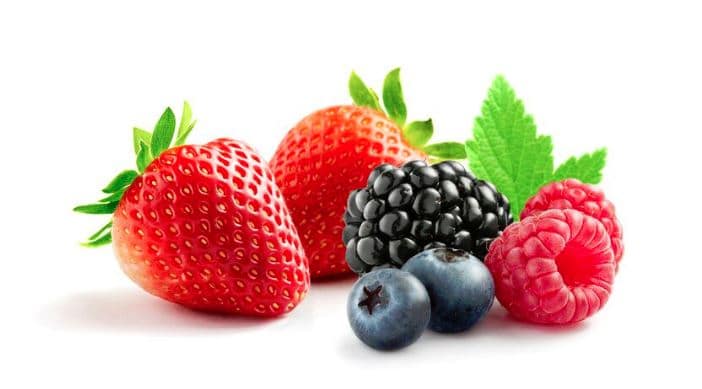Detoxification is the process by which we help to rid the body of toxins, acids, and stagnant lymphatic wastes.
Blood and Lymph
Many people focus on cleansing the blood but forget about the lymphatic system. We nourish and energise the body via the blood. The lymphatic system, however, is the way by which we remove cellular waste. The body is made up of trillions of cells, and each cell feeds and produces waste. This waste is carried from the cells via the lymphatic system to the kidneys to be removed from the body. The blood is also filtered by the kidneys.
The kidneys filter the blood and lymphatic wastes.
Why we need to detox
Many of us were raised eating a diet that is mainly acidic. An acidic diet consists primarily of animal products, dairy, seafood, processed and deep-fried foods, sugars, most grains and nuts, and seeds. These foods are naturally acid-forming foods and in addition, most are conventionally grown with pesticides, herbicides, antibiotics and other chemicals that compromise our internal terrain. Many of us also live in areas that are polluted, we are stressed, don’t sleep enough, aren’t hydrated and are nutrient deficient.
Detoxification allows us to shed toxins and re-alkalise our bodies.
We compromise our bodies by:
- The foods we eat
- The things we put on our skin
- Lack of sleep
- How we deal with stress
- Not getting enough sun
- Not breathing fresh air
How do we detoxify the body with fruits:
We can detoxify our bodies via a number of ways including doing a water or juice fast, as well as using herbs or consuming a raw food diet rich in fruits and leafy greens. The first important thing to do is to stop putting into our bodies the things that acidify it or make the body toxic.
Fruits that detoxify:
High water-content, astringent fruits are at the top of the list when it comes to detoxification. These include melons (such as watermelons, cantaloupe, honeydew), dark purple grapes, fresh berries (such as blackberries, raspberries, blueberries, strawberries), citruses (such as lemons, limes, grapefruits, and limes). In addition mangoes, pears and other fruits.
Fruits that are high in water content and a little bitter or sour are good for detoxification.
In general fruits in the acid and acid-forming categories are more helpful for detoxification. Sweet fruits will help the body to detoxify but at a slower rate. So if you prefer sweet fruits make sure you add a lot of the cleansing fruits (mentioned above) to the diet also.
Mixing fruits:
Not all fruits go well together. Eating mono-fruits on a daily basis or for periods of time such as days or weeks is arguably more beneficial when detoxifying.
Combining foods in the right way will also help food digest better. Below are some rules to observe when mixing fruits:
Acid fruit + acid fruit = Good
Acid fruit + sub-acid fruit = OK
Acid fruit + sweet fruit = No
Sub-acid fruit + sub-acid fruit = Good
Sub-acid fruit + Acid fruit = OK
Sub-acid fruit + sweet fruit = OK
Sweet fruit + sweet fruit = Good
Sweet fruit + sub-acid fruit = OK
Sweet fruit + acid fruit = No
Which fruits and berries
Specific acid fruits and berries: apples (sour), clementines, grapefruit, lemons, limes (key), oranges, pomegranate, satsuma, soursop, tamarind, and tangerine.
Specific sub-acid fruits and berries: apples (sweet), blackberries, blueberries, cherimoya (sweetsop), cherries, currants, grapes, guava, guineps, kiwi, mangoes, nectarine, peaches, plums, raspberries, and strawberries.
Melon: ananas, cantaloupe, canary, casaba, crane, galia, honeydew, musk, piel de sapo, sharlyn, watermelons, and winter.
Note: It’s best to have melons by themselves. Some people find they don’t digest well when eaten in combination with other foods.
This article is copyrighted by Ital is Vital, 2025. Want to re-post this article? Visit our guidelines.
DISCLAIMER: THIS WEBSITE DOES NOT PROVIDE MEDICAL ADVICE
The information, including but not limited to, text, graphics, images and other material contained on this website are for informational purposes only. The purpose of this website is to promote broad consumer understanding and knowledge of various health topics. It is not intended to be a substitute for professional medical advice, diagnosis or treatment. Always seek the advice of your physician or other qualified health care provider with any questions you may have regarding a medical condition or treatment and before undertaking a new health care regimen, and never disregard professional medical advice or delay in seeking it because of something you have read on this website.

Pingback: What is Kuska Plant (Melothria scabra)? - ital is vital
Pingback: Can Warm Water removes Wax from Food? - ital is vital
Pingback: Can Warm Water remove Wax from Food? - ital is vital